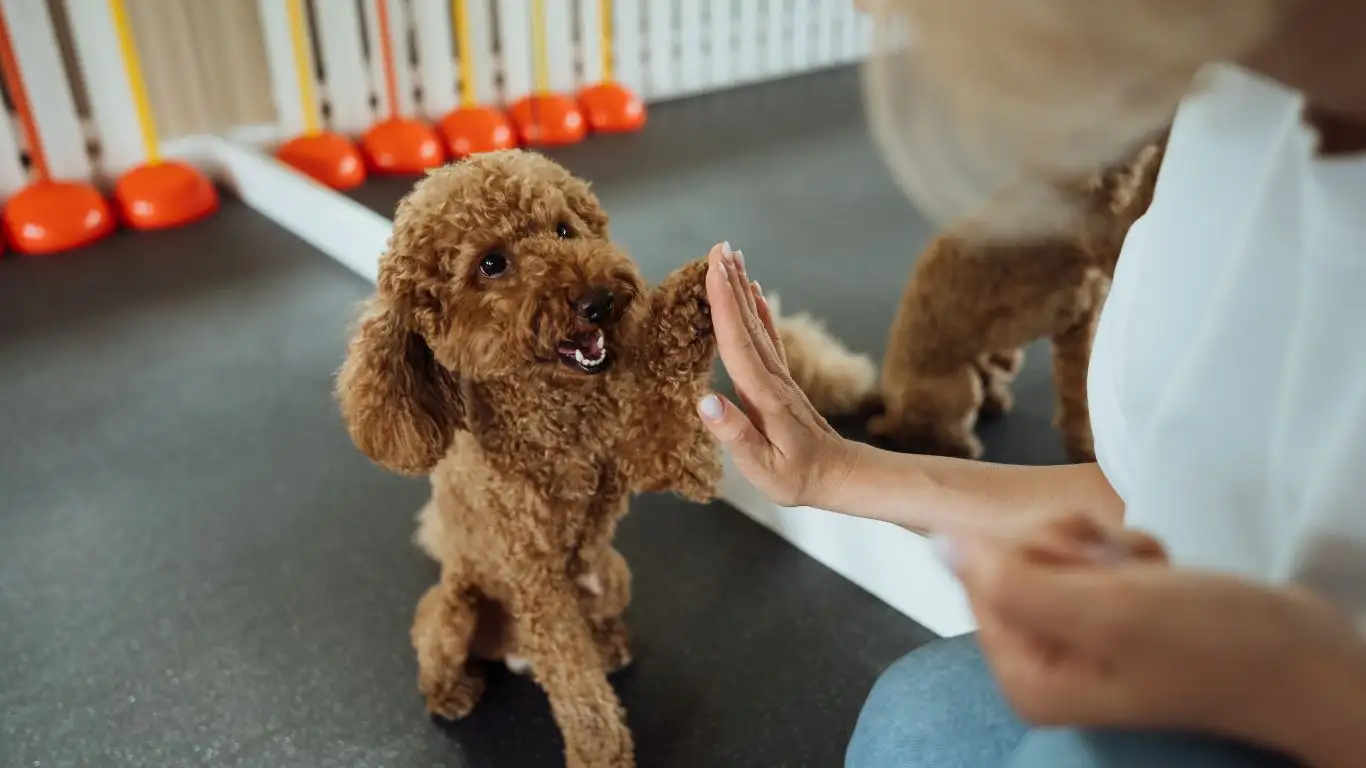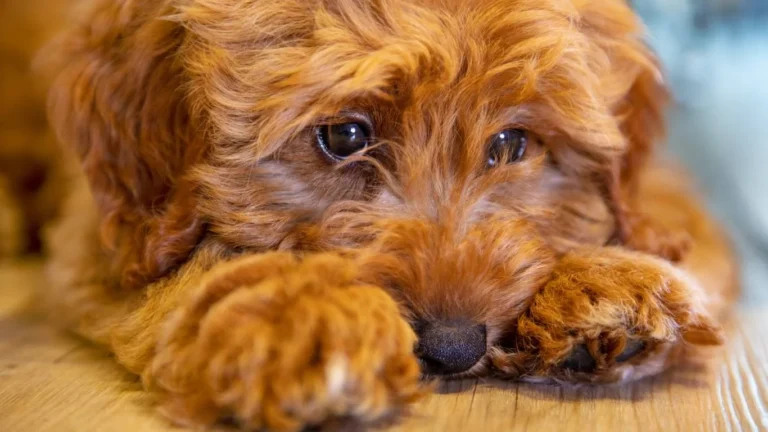How to Train a Dog to Stop Chewing Electrical Cords – Easy Methods
As a Canine-Assisted Therapy Trainer, I’ve seen firsthand the impact that destructive behaviors, like chewing electrical cords, can have on a dog’s well-being and safety. It’s a common issue many dog owners face, and while it’s easy to get frustrated, it’s important to understand that this behavior is often due to natural instincts. Dogs chew for many reasons, including teething, boredom, anxiety, or even just curiosity. If you’re struggling with a dog who can’t resist chomping on those dangerous electrical cords, you’re in the right place! In this guide, I’ll walk you through practical and safe methods on how to train a dog to stop chewing electrical cords, based on my years of experience working with dogs and their owners.
Why Dogs Chew Electrical Cords: Understanding the Behavior

Before diving into the solutions, it’s crucial to understand why dogs chew on electrical cords in the first place. Dogs are naturally curious creatures, and they explore the world with their mouths. When they encounter cords—especially those hanging loosely or at their level—they’re bound to investigate. Some dogs chew simply because they enjoy the texture or because it’s a way to relieve the discomfort of teething.
However, there are other reasons why your dog might be drawn to electrical cords. For example, dogs suffering from anxiety might chew on things as a coping mechanism, while others might chew because they are bored or not getting enough stimulation. Understanding the root cause of the behavior will help you implement the right training strategies to solve the issue.
Common Causes of Chewing Electrical Cords
- Teething: Just like human babies, puppies go through a teething phase where they need to chew to soothe their gums. Electrical cords are often within reach, making them an easy target.
- Separation Anxiety: Dogs left alone for long periods may chew on cords as a way to manage stress or anxiety.
- Boredom: A lack of stimulation or physical exercise can lead to destructive behaviors like chewing.
- Exploration: Dogs, especially puppies, are naturally curious and may chew on cords simply to investigate their surroundings.
- Attention-Seeking: Some dogs learn that chewing on cords gets a reaction from their owners, so they may do it to get attention, even if it’s negative.
How to Train a Dog to Stop Chewing Electrical Cords
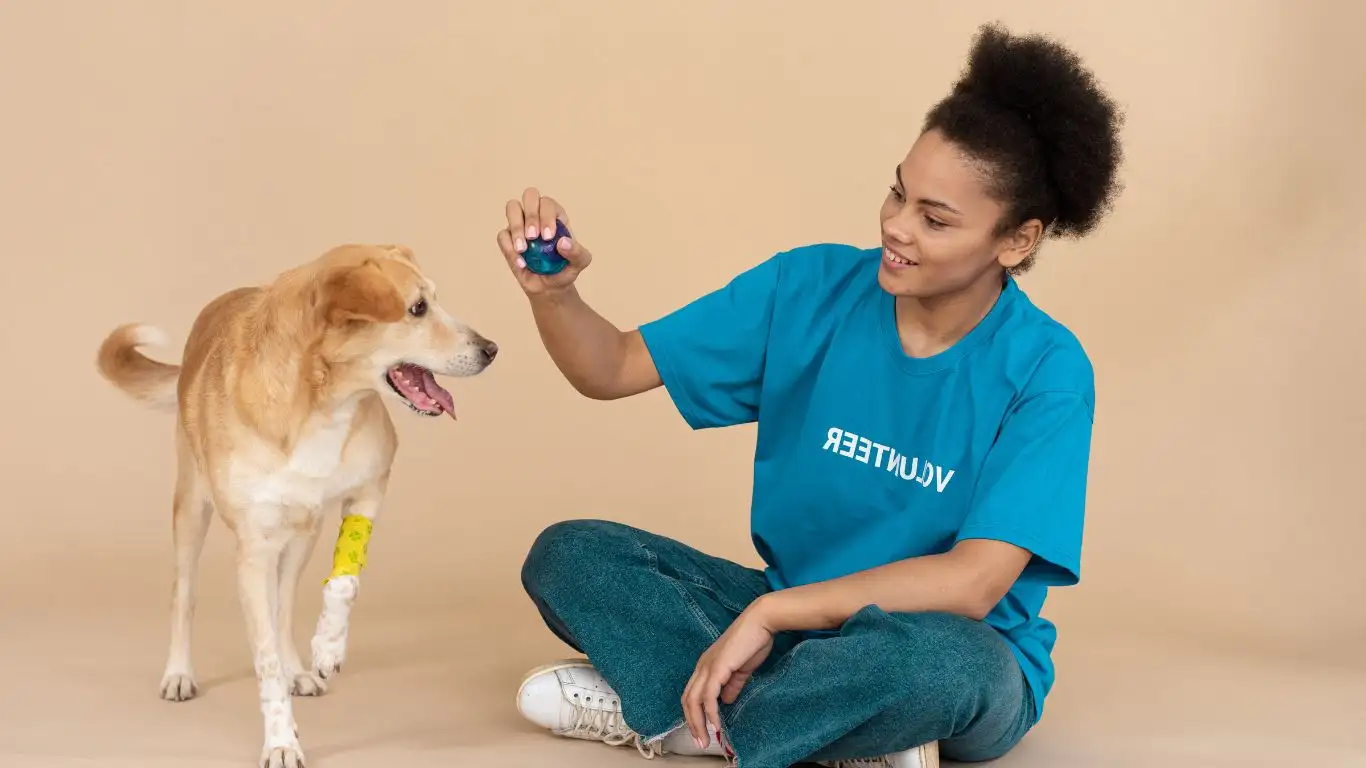
Now that we have a better understanding of why your dog may be chewing on electrical cords, let’s dive into how to stop it. Training your dog to stop chewing electrical cords requires patience, consistency, and a few specific techniques. Here are the key steps:
1. Remove or Protect the Cords
The first step is to make the cords as inaccessible as possible. If you can, move cords out of your dog’s reach or secure them behind furniture or on high shelves. There are also cord covers available that will make them less tempting for your dog to chew on. These covers are usually made from tough, chew-resistant materials that make it harder for your dog to get their teeth into the cords.
While this is a great short-term solution, it’s also important to work on behavior modification alongside it. Simply removing the cords doesn’t address the root of the problem.
2. Use Deterrents
Dogs are incredibly sensitive to tastes and smells, so using a safe, non-toxic deterrent spray can be an effective way to stop them from chewing cords. Many sprays are designed specifically for this purpose, and they often contain bitter or unpleasant tastes that dogs find off-putting.
When applying a deterrent, make sure you test it first to ensure it’s safe for your specific type of cord and won’t cause any damage. Also, remember that no deterrent spray is a miracle solution on its own. It’s important to combine it with other training methods for the best results.
3. Provide Chew Toys
Another key part of how to train a dog to stop chewing electrical cords is offering a proper alternative. Provide your dog with a variety of chew toys that are safe and satisfying for them to gnaw on. Toys that mimic the texture of cords can be particularly helpful, as they’ll channel your dog’s chewing behavior in a positive direction.
If your dog is teething, there are specific teething toys designed to help soothe their gums. Make sure the toys are durable and won’t break into small pieces that your dog could swallow. Rotate the toys to keep things interesting and to prevent boredom from setting in.
4. Increase Physical and Mental Stimulation
Sometimes, dogs chew because they’re simply bored or have too much pent-up energy. Increasing your dog’s physical and mental stimulation can help reduce destructive behavior. Try incorporating more exercise into their routine, such as walks, runs, or playtime in the yard.
Mental stimulation is just as important as physical exercise. Puzzle toys, interactive games, and training sessions can keep your dog’s mind engaged and focused on something other than cords. As a Canine-Assisted Therapy Trainer, I often recommend using clicker training or positive reinforcement techniques to make training sessions more enjoyable for both you and your dog.
How to Train a Dog to Stop Chewing Electrical Cords: A Quick Recap
- Make cords inaccessible or use protective covers.
- Apply a safe, bitter deterrent spray.
- Offer a variety of chew toys as alternatives.
- Increase your dog’s physical and mental stimulation.
By combining these steps with patience and consistency, you can help your dog learn to stop chewing electrical cords. In the next section, we’ll dive deeper into training techniques that can reinforce these habits and make the process even smoother for both you and your dog!

Training Techniques to Reinforce Good Behavior
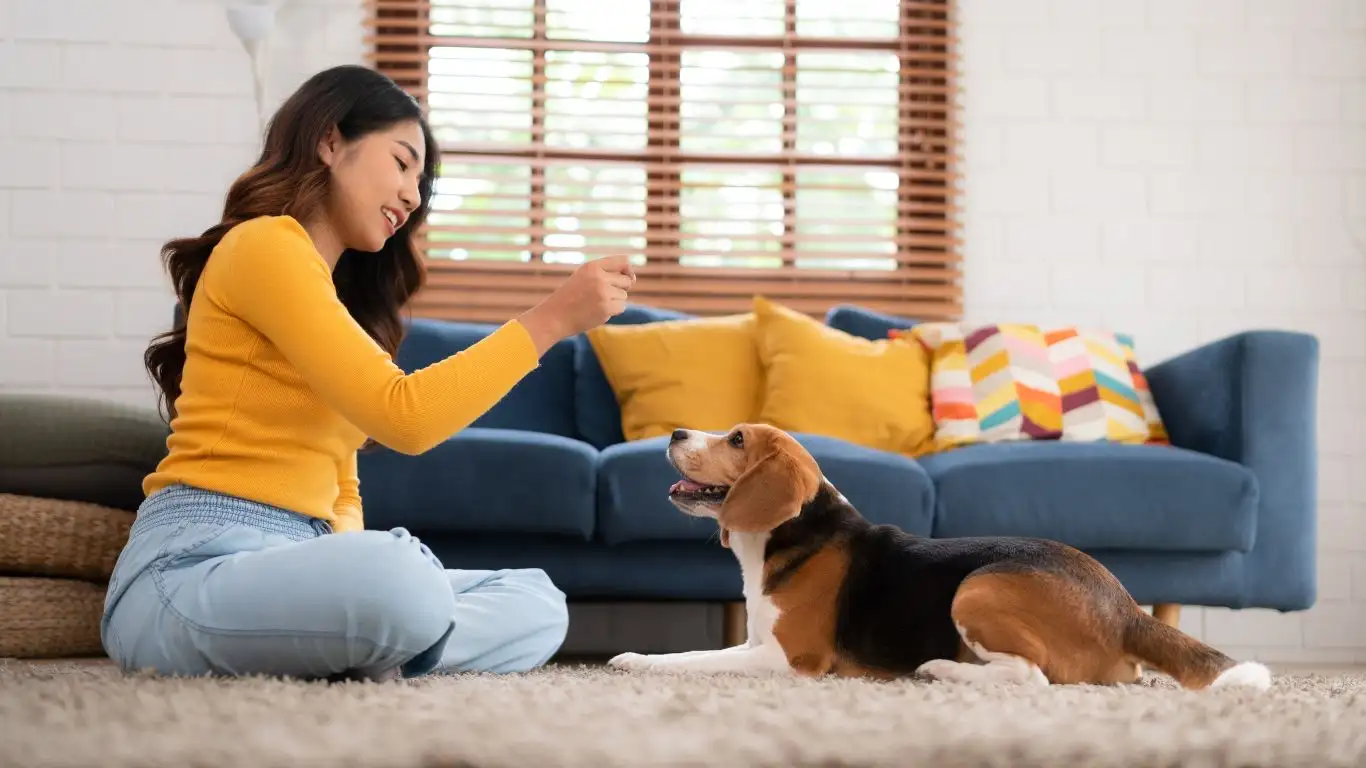
Now that we’ve covered some initial steps to stop your dog from chewing electrical cords, let’s dive into more advanced training techniques. While making cords less accessible and using deterrents are effective, you’ll also want to implement positive reinforcement to solidify these new habits. One thing I’ve learned over the years is that consistency and patience are key in behavior modification, especially when working with dogs who have developed habits like chewing on cords.
Positive reinforcement is a proven and powerful way to encourage your dog to choose appropriate behaviors. It’s simple: when your dog does something good, reward them. The more they’re rewarded for the behavior you want to see, the more likely they’ll repeat it. So, let’s talk about how you can apply positive reinforcement to this specific issue.
1. Reward for Ignoring Cords
One of the most effective ways to train your dog to stop chewing electrical cords is by rewarding them when they ignore the cords. This might seem counterintuitive at first, but think about it: if your dog is presented with a cord and they choose not to chew on it, that’s a huge win! You want to make sure they know they’ve made the right choice. So, whenever you catch your dog ignoring a cord or walking away from it, give them lots of praise, a treat, or even a favorite toy.
Personally, I always keep a pouch of treats or a squeaky toy nearby for these situations. You’ll quickly notice that your dog will start to realize that walking away from cords leads to positive outcomes. It’s like a little lightbulb moment for them!
2. Redirect Their Attention
If your dog is determined to chew on cords, it’s time to gently redirect their attention. The key here is to avoid punishing them, as that could cause confusion or anxiety. Instead, calmly guide them toward an appropriate chew toy and encourage them to chew on it instead.
Redirecting your dog isn’t just about saying “no.” It’s about offering them something better. I always keep a variety of chew toys handy, especially ones that are engaging and fun for dogs to interact with. Think of it as swapping out something harmful for something much more rewarding. Over time, your dog will start to associate chewing on the right items with positive experiences.
3. Use the “Leave It” Command
Teaching your dog the “leave it” command is another highly effective technique for stopping unwanted behaviors like chewing electrical cords. The goal is to teach your dog that they need to stop whatever they’re doing when you say the command. This takes some time and patience, but it’s well worth the effort.
Start by holding a treat in your hand and showing it to your dog. When they try to get it, close your hand and say “leave it” in a calm but firm tone. Once they stop trying to get the treat, reward them with a different treat and praise them enthusiastically. Repeat this process several times, and over time, your dog will associate the “leave it” command with stopping behaviors like chewing on cords.
The “leave it” command works wonders not just for cords, but for a wide range of situations where you need your dog to stop doing something immediately. It’s a great tool to have in your training arsenal.
Building Good Habits with Consistency and Patience

As with any behavior modification, building good habits in your dog requires consistency. It’s not enough to reward them just once or twice; you need to make sure you’re reinforcing the right behaviors every single time. If you’re always rewarding your dog for walking away from electrical cords, they’ll eventually learn that it’s just not worth the trouble to chew on them. However, if you sometimes give in or get distracted, it could confuse your dog.
I always tell my clients that dog training is like building muscle. Just like you can’t expect to get in shape after one gym session, you can’t expect your dog to break old habits after one or two training sessions. It takes time, practice, and, most importantly, patience.
Setting Your Dog Up for Success
Sometimes, despite your best efforts, your dog may still be tempted to chew on cords. That’s okay—training isn’t always a linear process. But setting your dog up for success is a big part of ensuring they make the right choices. This includes things like:
- Providing plenty of exercise and playtime to burn off excess energy.
- Making sure their environment is enriched with toys and mental stimulation.
- Creating a safe space where your dog can relax and unwind without the temptation of cords.
- Making sure they’re not left alone for long periods, as isolation can lead to anxiety-driven chewing.
Also, be mindful of your dog’s behavior and body language. If they’re starting to show signs of anxiety or frustration, it’s time for a break. As a Canine-Assisted Therapy Trainer, I’ve learned that knowing when to take a step back can sometimes be just as important as pushing forward. It’s about finding the right balance between challenging your dog and giving them space to succeed.
Using the Power of Routine and Structure

Dogs thrive on routine, so it’s important to establish a structured environment where they know what’s expected of them. This includes having set meal times, playtimes, and designated periods for training. Consistency in their daily schedule helps them feel secure and reduces stress—something that can prevent anxiety-driven behaviors like chewing.
Structure also applies to their training sessions. Keep them short, fun, and engaging. Dogs have a limited attention span, so you’ll get the best results if you keep training sessions under 15 minutes. End on a positive note, even if that means stopping a session early to avoid frustration. The key is to end each session with your dog feeling successful and motivated to learn more.
Over time, as you continue to reinforce positive behaviors and provide structure, your dog will naturally begin to shift away from chewing on dangerous objects like electrical cords. It’s all about repetition and making the right choices feel rewarding.
How to Prevent Chewing Behavior in the Long Term
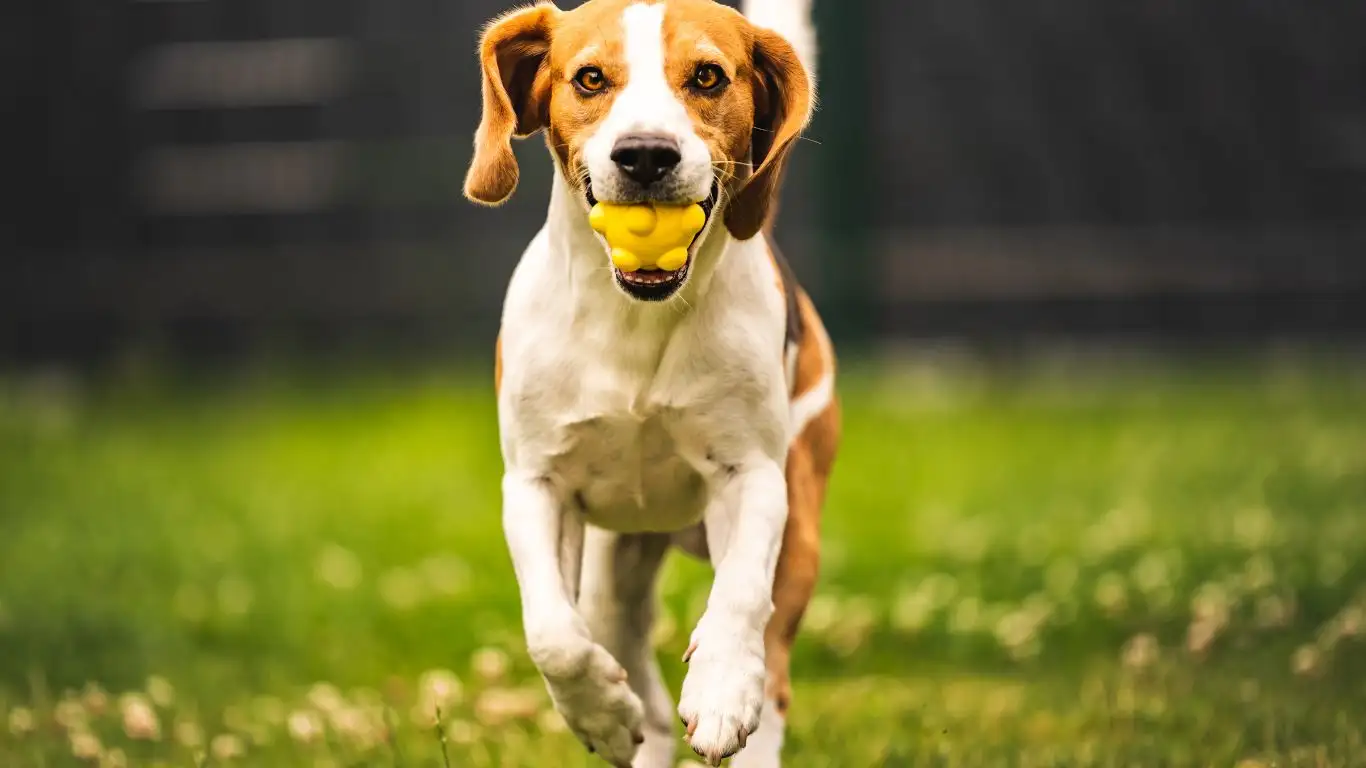
As we wrap up this journey on how to train a dog to stop chewing electrical cords, let’s talk about how to ensure that the behavior doesn’t come back. Stopping chewing behavior is an ongoing process, and while it may take time to fully change your dog’s habits, there are long-term strategies you can implement to make sure the issue doesn’t return.
One of the most important lessons I’ve learned over the years as a Canine-Assisted Therapy Trainer is that dogs, like humans, are creatures of habit. With enough consistent training, structure, and positive reinforcement, your dog will learn to make better choices. However, once they’ve stopped chewing on cords, you’ll need to maintain their good behavior by keeping their environment safe and enriching. Here are a few ways to maintain long-term success:
1. Keep the Cords Out of Reach—Always
Even after your dog has learned to stop chewing on cords, it’s essential to keep cords out of their reach. Dogs, especially younger ones, may still have an occasional moment of curiosity or boredom. The temptation of an exposed cord can trigger old habits. So, always ensure that cords are either hidden, secured behind furniture, or placed out of your dog’s reach whenever possible.
One of the most common things I see from owners who successfully train their dogs is that they get complacent after a while. The cords get left out, and one day, the dog decides to take a nibble again. By staying vigilant and keeping cords secured, you’re reinforcing the idea that cords are never for chewing.
2. Regular Exercise and Mental Stimulation
Physical and mental stimulation are your dog’s best friends when it comes to curbing destructive behavior. If your dog is exhausted from a good play session or mentally engaged with puzzle toys, they’re much less likely to wander around looking for things to chew. A well-exercised dog is a happy dog, and a happy dog is less likely to be destructive.
I’ve seen firsthand how a tired dog can be a well-behaved dog. Regular walks, playtime, and training sessions will give your dog the necessary mental and physical exercise they need to feel fulfilled and satisfied. Mental stimulation, in particular, is key. Dogs, especially intelligent breeds, need to be kept mentally engaged, or they’ll find other ways to entertain themselves—like chewing on electrical cords.
3. Maintain a Structured Environment
Structure and routine can do wonders for your dog’s behavior. Establishing set times for meals, play, walks, and training will help your dog understand their daily routine, which helps them feel secure. When a dog feels secure and knows what to expect throughout the day, they are less likely to engage in destructive behaviors.
Having a consistent schedule will also help reduce anxiety-related chewing. When dogs don’t know when they’ll be fed, walked, or even when you’ll be home, it can lead to frustration and anxiety. By maintaining a structured environment, you’ll help minimize the chances of boredom or stress triggering unwanted behaviors.
4. Keep Training Sessions Fun and Engaging
Training doesn’t stop once your dog stops chewing cords. The best way to ensure that your dog doesn’t revert to old habits is by continuously engaging them in positive, rewarding training sessions. This doesn’t mean long hours of boring commands—keep training sessions fun and varied, and make sure to incorporate new challenges as your dog progresses.
As a Canine-Assisted Therapy Trainer, I always encourage mixing up training routines so that your dog doesn’t lose interest. The more fun and engaging the training, the more motivated your dog will be to participate. Whether it’s teaching them new tricks or reinforcing old ones, short training sessions throughout the day can keep their minds sharp and their behavior on track.
Resources to Help with Dog Training and Behavior Issues
Sometimes, training your dog can be a challenging process, especially if you’re dealing with stubborn habits or a particularly energetic pup. Don’t hesitate to seek out additional resources that can guide you through the process of training. Here are a few trusted sources for dog owners looking to tackle behavioral issues:
- American Kennel Club (AKC) – Offers valuable resources on dog behavior, training tips, and breed-specific advice.
- PetMD – Provides expert advice on dog health and behavior issues, including solutions for chewing and anxiety.
- Cesar’s Way – Cesar Millan’s website, full of dog training tips and insights on behavioral problems.
Disclaimer
It’s important to remember that every dog is different. What works for one dog may not work for another, so it’s crucial to tailor your approach to fit your dog’s unique personality and needs. If you’re struggling with a serious behavioral issue or if your dog continues to chew on electrical cords despite your best efforts, it might be helpful to consult a professional dog trainer. They can provide personalized guidance based on your dog’s behavior and temperament.
Always prioritize safety when training your dog. Electrical cords can pose serious dangers to your dog’s health, so take precautions to protect them while you work on behavior modification. When in doubt, consult your veterinarian or a professional dog trainer for additional support and guidance.
By following these tips and staying consistent with your training, you’ll help your dog develop better habits and ensure that they stay safe and happy. Best of luck with your training journey, and remember: patience and consistency are the keys to success!
